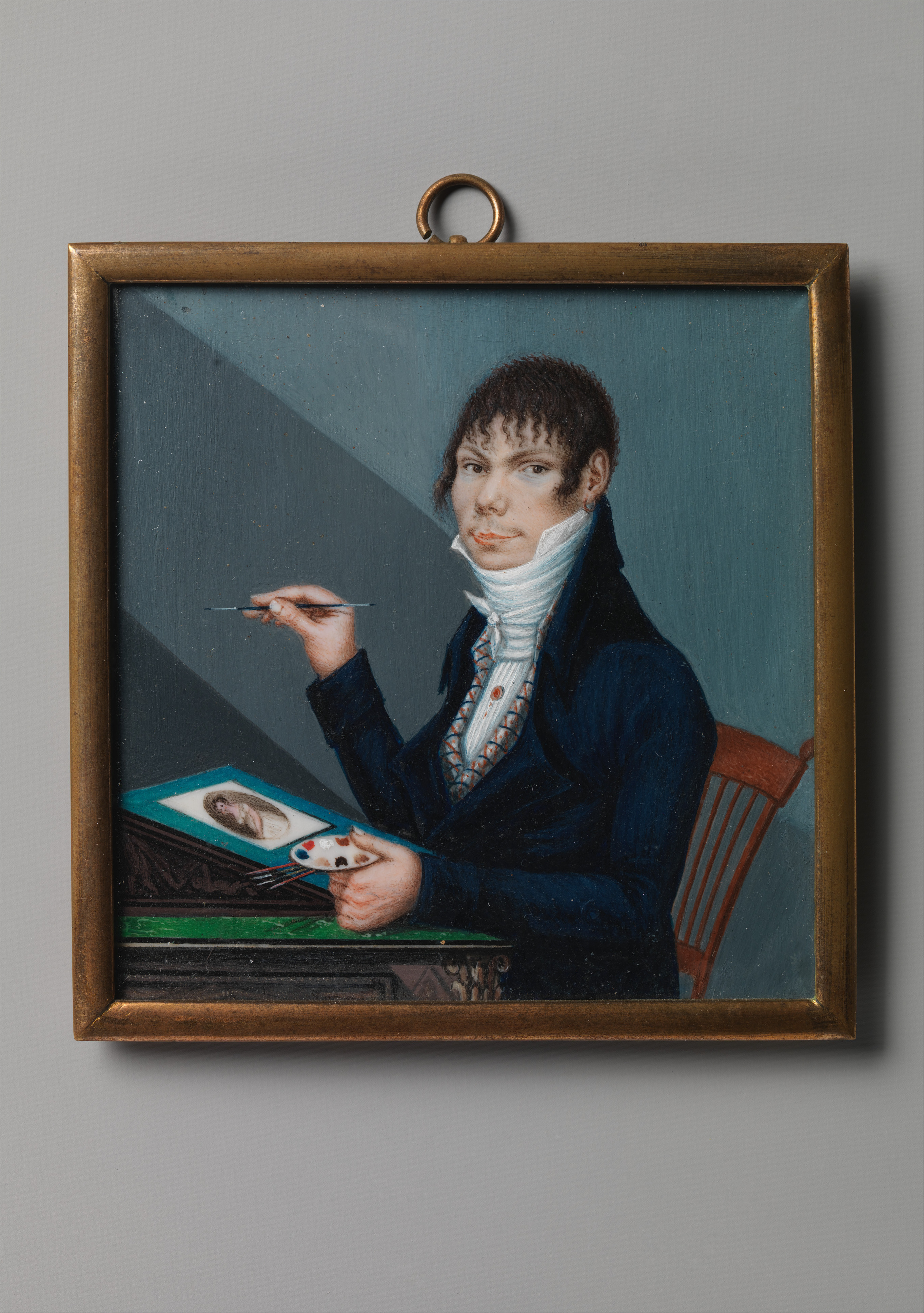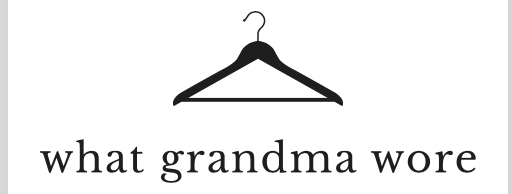‘For the past four hundred years, men in western countries have used the three- or two-piece suit – jacket and trousers, often with a waistcoat – to express […] identity, and as such it has become a universal symbol of masculinity.'[1]
Menswear. For me, historically and notoriously difficult to read. I think in part, because of the term Edwards insightfully uses in one of her opening essays of How to Read a Suit – ‘familiarity.’

Fig. 1: The Miriam and Ira D. Wallach, Division of Art, Prints and Photographs: Print Collection, The New York Public Library. “The effiges of the most high and mighty monarch Charles the Second by the grace of God king of Great Britaine, France, and Ireland, defender of the faith etc.”The New York Public Library Digital Collections. 1777-1890. http://digitalcollections.nypl.org/items/510d47da-22bc-a3d9-e040-e00a18064a99
Suits often look very similar, and actually, it is the more subtle details which give away clues such as the year in which it was designed, made, altered, damaged, who wore it, and for what purpose. Edwards suggests that the suit has been made from a ‘similar “base”‘ now for over two hundred years.[2] This makes the whole task of deciphering and interpreting menswear a branch of detective work in itself. She goes on to write that the whole aesthetic of the suit is made up of a whole range of elements which we have to consider:
‘shirts, collars, cuffs, neckties, cravats, hats, scarves, overcoats, and shoes […]. The posture, […] accessories [developed] to accentuate and complement that look [and] social, political, and aesthetic influences.'[3]
I think having a visual guide to dress history is really important and beneficial for prospective fashion historians. There is a reason why Valerie Cummings, C.W and P.E Cunnington published The Dictionary of Fashion History; the terminology of this discipline is incredibly vast. As a prospective student it can be a very intimidating (but nonetheless, invigorating) experience to be provided with a historical garment and asked to interpret it. During my MA myself and some other classmates were provided with a 1970s Pierre Cardin ready-to-wear suit to interpret as part of an object-analysis module. This was a tricky task, and although we sourced a huge amount of social context surrounding the suit, and Cardin’s ready-to-wear industry, digging up information about the suit itself was a laborious task.
(I think we dated the suit a decade earlier than we should have, and although we spent hours studying its labels, we still couldn’t agree on which department store it derived from.)
The suit is subtle. Some are bold and more unusual but changes to design, meaning and function normally remain hidden (or after reading this guide and becoming an expert in menswear, in plain sight) in the elements as described above.

Fig. 2: Anon, L’Elégant, Journal des Tailleurs (detail), 1 October 1854,Gift of the M.A. Ghering-van-Ierlant Collection, Rijksmuseum, Amsterdam:RP-P-2009-3360.
It’s relatively straightforward to observe how women’s fashion has evolved over 400 years; evolutions in silhouette are obvious. Just take the 19th century for example. At the start of the 1800s we have empire line dresses, the 1890s finishing with leg-of-mutton sleeves, with crinolines and bustles in-between. Edwards states that the relative familiarity of the suit in comparison to the spectacle of historical womenswear, leaves menswear ‘less ripe for the glamour and escapism inspired by corsets and crinolines’ as experienced by the museum goer, although some menswear from the 18th century can induce an essence of elite ‘splendour.'[4]

Fig. 3: Wedding suit of Gustav III, 1766, Livrustkammaren, Stockholm, LRK: 31255
Edwards has been careful to contextualize her research by a variety of means. A range of primary and secondary sources have been selected to illustrate certain styles of the suit, since menswear is less frequently displayed in museums, and mounted garments may not necessarily produce the correct attitudes and postures of the wearer. Clothes as worn always look different! From experience – suits are far less photogenic in the museum gallery than a bulging, aneline-dyed 19th century ballgown, so other photographs may not have been readily available to Edwards.

Fig. 4: Unknown artist, Self Portrait, c.1800–05, Dale T. Johnson Fund, 2014, Metropolitan Museum of Art, New York: 2014.512.

Fig. 5: Portrait photograph, c.1890s, private collection
She has also taken measures to include working-class suits, highlighting that one of the most intriguing aspects of the garment, is its capacity ‘to transcend class boundaries […] by the end of the seventeenth century almost every man owned one, and wore it regularly.'[5] This provides the reader with a more universal and inclusive history of the suit, something we can all strive to achieve.

Fig. 6: Photograph of working class couple, c.1908–10, collection of Drs. K. and B. Bohleke.
Something I appreciated was the essay ‘The Millennial Perspective.’ This looked at the rise of the hipster and hankering for an appearence based on historical fashion or vintage clothing, popularised by television series such as Peaky Blinders. Referencing Heike Jenss and her concept of memory, and Owen Hatherley with ‘austerity nostalgia,’ Edwards explores the rise of menswear during the 21st century, and continuing power of the suit.

Fig. 7: The window of men’s clothing store ‘P&Q’, USA, 1919, collection of Drs. K. and B. Bohleke.
Of course, the concept of masculinity is woven throughout Edwards’ research. Confusion and confliction, engagement and disinterest; how is fashion and its relationship with men’s fashion defined today? What is the function of the suit aside from practicality? Assimilation of what is deemed by society as a ‘correct’ aesthetic of masculinity? A construction of individual and cultural identity (ies)? Sexuality? Perhaps all of these factors. Edwards’ quotes artist Grayson Perry in regards to the suit during her exploration of the intangible topic of masculinity:
‘its function is “not just to look smart, but to be insivible… the business suit is the uniform of those who do the looking, the appraising. It rebuffed comment by its sheer ubiquity” […]. Men wear sharp suits not to attract women, but to “impress male rivals,” to ensure that other men “understand his achievements.”‘[6]
Although it is impossible to ‘measure’ masculinity entirely, we can use surviving garments and depictions of clothing to trace how expressions of masculinity have changed, indicating changes in body and beauty ideals. Evidence can be useful in showing the modern-day eye ‘of what constitutes “manliness” or “machismo,”‘ in historical fashion in comparison to today.

Fig. 8: Anon, Laceing [sic] a Dandy, January 26, 1819, Rogers Fund and The Elisha Whittelsey Collection, The Elisha Whittelsey Fund, 1969, Metropolitan Museum of Art, New York: 69.524.35.
It’s always interesting to see how masculinity permeates into womenswear and I liked the inclusion of surviving examples of womenswear from each century, complimenting or contrasting the garment under examination. Edwards includes a useful glossary of terms towards the end of her book, with significant terms highlighted in bold during the text.

Fig. 9: Smoking Suit, England, c.1880, Gift of the Costume Council in memory of Maryon Lears (M.2012.81a-b), http://www.lacma.org.
Edwards has succeeded again in producing a useful guide to deciphering men’s fashion. As like How to Read a Dress, expect thorough breakdowns of surviving garments arranged by chronological centuries/decades, with lots of arrows and terms pointing you to the correct information. Definitely worth investing in.
You can purchase How to Read a Suit through Bloomsbury Fashion. The link to the book is here.
All images are courtesy of Bloomsbury Fashion and are under copyright.
[1]. Lydia Edwards, How to Read a Suit: A Guide To Changing Men’s Fashion From the 17th to the 20th Century, London: Bloomsbury Publishing, 2020, 20.
References
[2]. Edwards, How to Read a Suit, 21.
[3]. Edwards, How to Read a Suit, 21.
[4]. Edwards, How to Read a Suit, 22.
[5]. Edwards, How to Read a Suit, 22.
[6]. Edwards, How to Read a Suit, 27.


2020 has been a very dramatic year so far. Covid-19 clearly has the worst impact on a few of the biggest fashion hub countries like Italy and Paris. Even the epicenter of the pandemic, Wuhan, is a hub of clothing in China. But still, even the virus couldn’t stop the enthusiasm of fashion designers and wearers alike. That’s why we have brought to you some of the best on the men’s wardrobe essentials list for 2020.
LikeLiked by 1 person